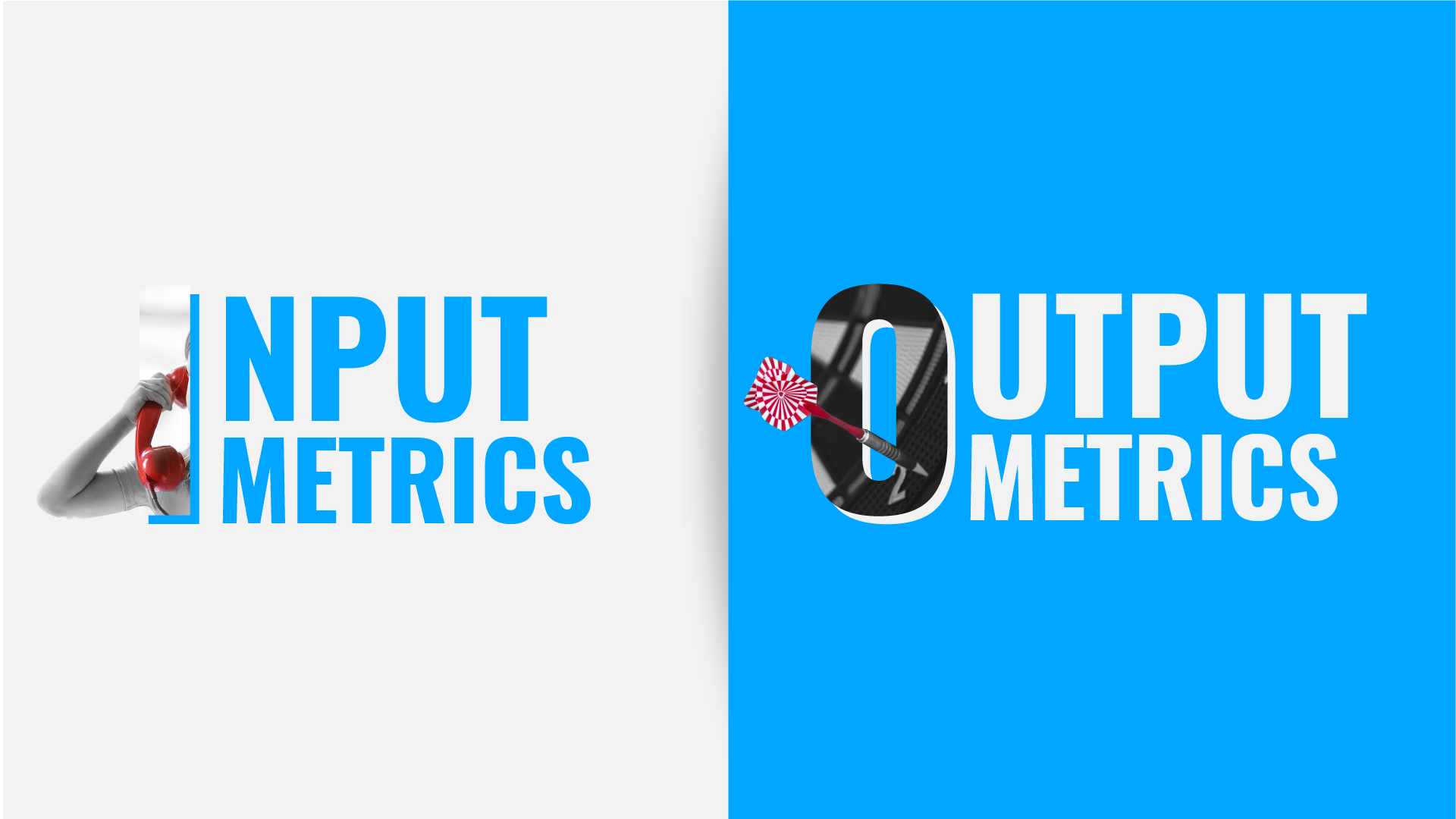What’s your break-even point?
I woke up this morning to a wise tweet from an amazing entrepreneur, Norm Brodsky: When you are starting your #business the most important questions are 1. what’s (yo)ur break even point 2. how will you get there
Great point. Unfortunately, entrepreneurs who can answer this question is few and far between. That’s because there are few accounting teams that understand its importance – so they opt to deliver the same old boring P&L instead.
Example of a break-even point report
Here’s an example of a break even point report let’s say for the month of May 2012. It is generated from the same set of data as your profit and loss statement so some numbers on here should look familiar.
Revenue = Total revenue on your P&L (your top line.)
On this graph, the revenue is represented by the green line going from $0 (sad) to $a lot (yay!) The green dot is where the actual revenue for the month is, at $71,005.
What’s different here is that all of the expenses are gathered to one of two numbers:
Fixed Costs
Fixed Costs = Money that you will spend even if you sold $0 in services.
Typical fixed costs are things like office rent, loan payments, software subscriptions, salaries, etc. See the horizontal grey line on the bottom of the chart? That’s the fixed costs line at $26,682.
Variable Costs
Variable Costs = Money that you spend when you sell services.
Things like sub-contractor payments, purchases on behalf of the clients, data/software subscriptions used for clients, etc. See the red line? That’s the projected (assumed) variable expenses at different level of revenue.
Fixed Costs versus Variable Costs
Unlike the fixed costs that stay, well, fixed. The variable costs increases as you sell more. The red dot is where it actually is for this month — at $16,868 + fixed costs of $26,682 = total expense of $45,550.
Finally, the third dot (and most important for the purpose of this post) – the grey dot where the green (revenue) and red (variable costs) lines meet – is our break even point. That is the minimum dollar you have to sell to not lose money for the month. In this case, that number is $37,619.
The green triangle formed from the three dots is the “margin of safety.” It is basically where we can be and still be OK (profitable.) In this example the safety zone is $33,386, which means I could theoretically sell that amount less than what I actually sold and still be profitable.
But, as an entrepreneur, I am much more interested in moving towards the right side of that triangle. There you have it – I hope this post had been helpful to all the entrepreneurs who read this. Post comments and questions below and let’s get a dialog going. Share lots.
We have got a solution for any of your residential, commercial, or automotive lock or key problems and our well-trained staff can effectively meet your every demand.



